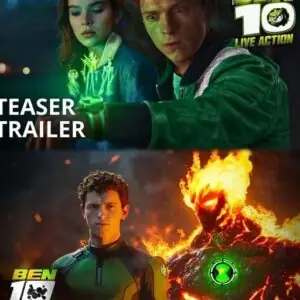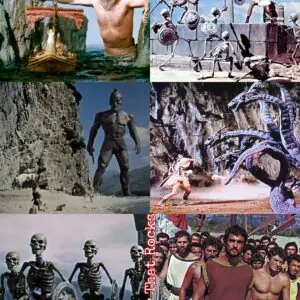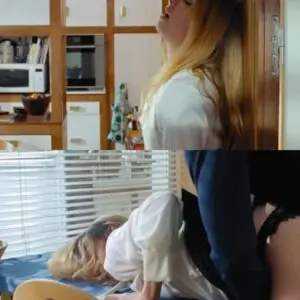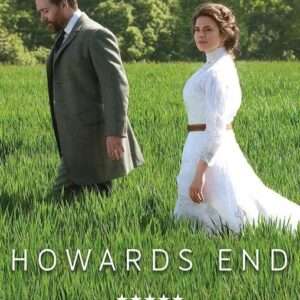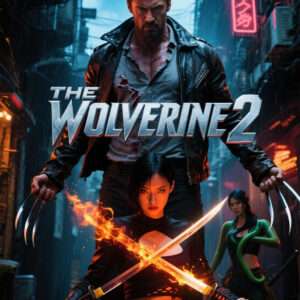Released in 1966, “The Good, the Bad and the Ugly” is a timeless classic that continues to captivate audiences with its intriguing characters and thought-provoking storyline. Directed by Sergio Leone, this iconic Western film delves deep into the themes of morality, greed, and survival against the backdrop of the Civil War. Through the lens of the three main characters—Blondie (the Good), Angel Eyes (the Bad), and Tuco (the Ugly)—the movie explores the complexities of human nature and the choices we make in the pursuit of wealth and power.
![The Good, the Bad, and the Ugly | Sergio Leone Western [1966] | Britannica](https://cdn.britannica.com/75/176475-050-C55DEEA6/Eli-Wallach-Clint-Eastwood-The-Good-the.jpg)
At the heart of the film lies the theme of morality, as each character navigates their own moral compass in a world where survival often trumps ethics. Blondie, played by Clint Eastwood, represents the epitome of moral ambiguity. Despite his nickname as “the Good,” he is not without flaws. Throughout the film, Blondie is driven by his own sense of right and wrong, often making decisions that blur the lines between heroism and opportunism. His actions force viewers to question the true nature of goodness and whether it can exist in a world consumed by greed and violence.
On the other end of the spectrum is Angel Eyes, portrayed by Lee Van Cleef, who embodies pure villainy as “the Bad.” Calculating and ruthless, Angel Eyes stops at nothing to achieve his goals, showcasing the darker side of human nature driven by a relentless pursuit of power. His lack of morality serves as a stark contrast to Blondie’s conflicted character, underscoring the film’s exploration of the different shades of morality that exist within us all.
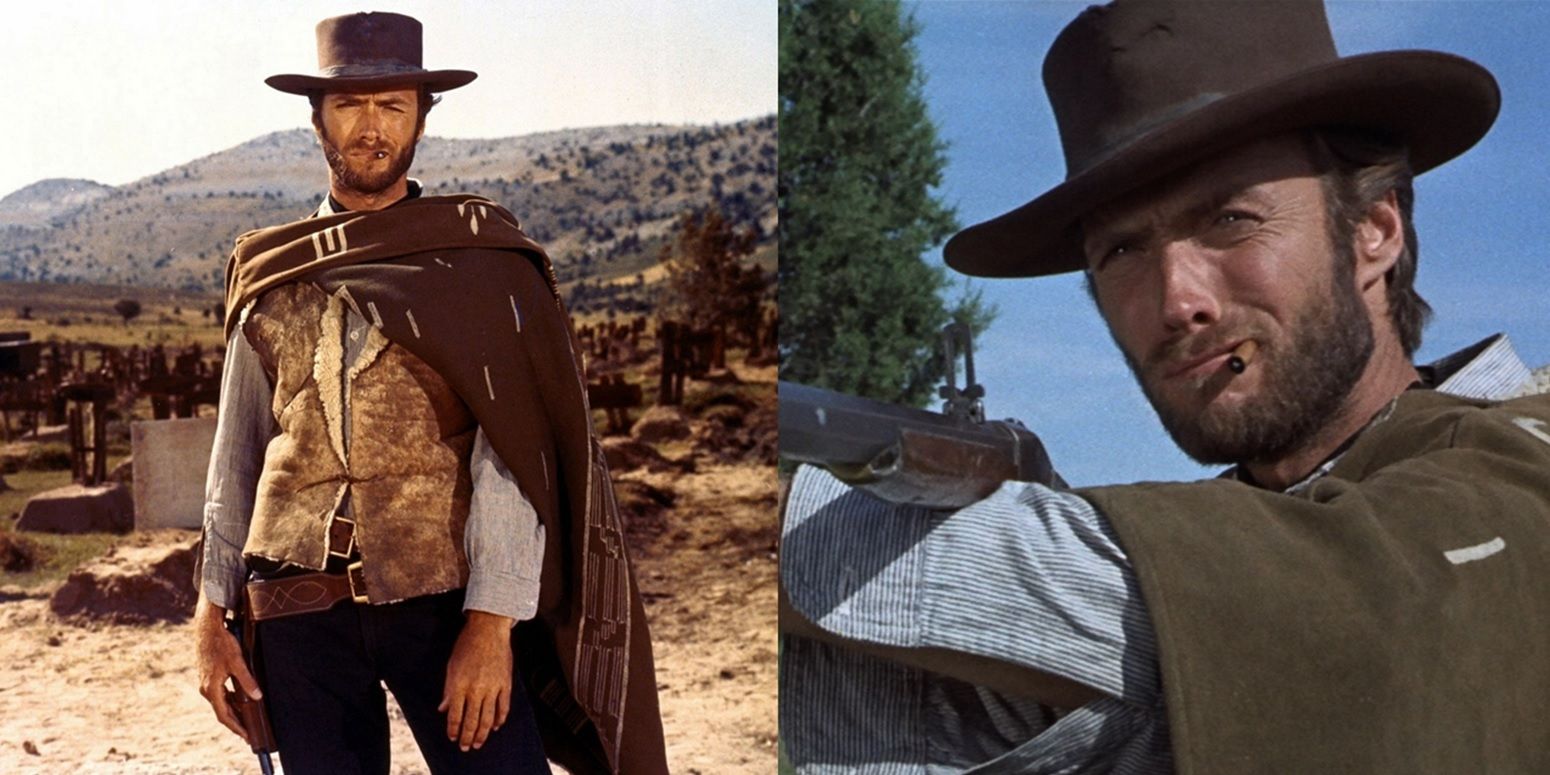
Meanwhile, Tuco, played by Eli Wallach, adds a layer of complexity as “the Ugly.” Despite his outward appearance and unscrupulous behavior, Tuco’s character reveals a surprising depth and vulnerability that challenges the audience’s perception of good and evil. His dynamic relationship with Blondie and Angel Eyes highlights the interconnectedness of morality and how it can shift depending on the circumstances.
Through its multi-dimensional characters and intricate narrative, “The Good, the Bad and the Ugly” remains a cinematic masterpiece that delves into the timeless theme of morality in a way that is both entertaining and thought-provoking. As viewers are taken on a journey through the harsh landscape of the Civil War, they are forced to confront their own beliefs about right and wrong, leaving them with a deeper understanding of the complexities of human nature and the choices we make in the pursuit of our desires.

